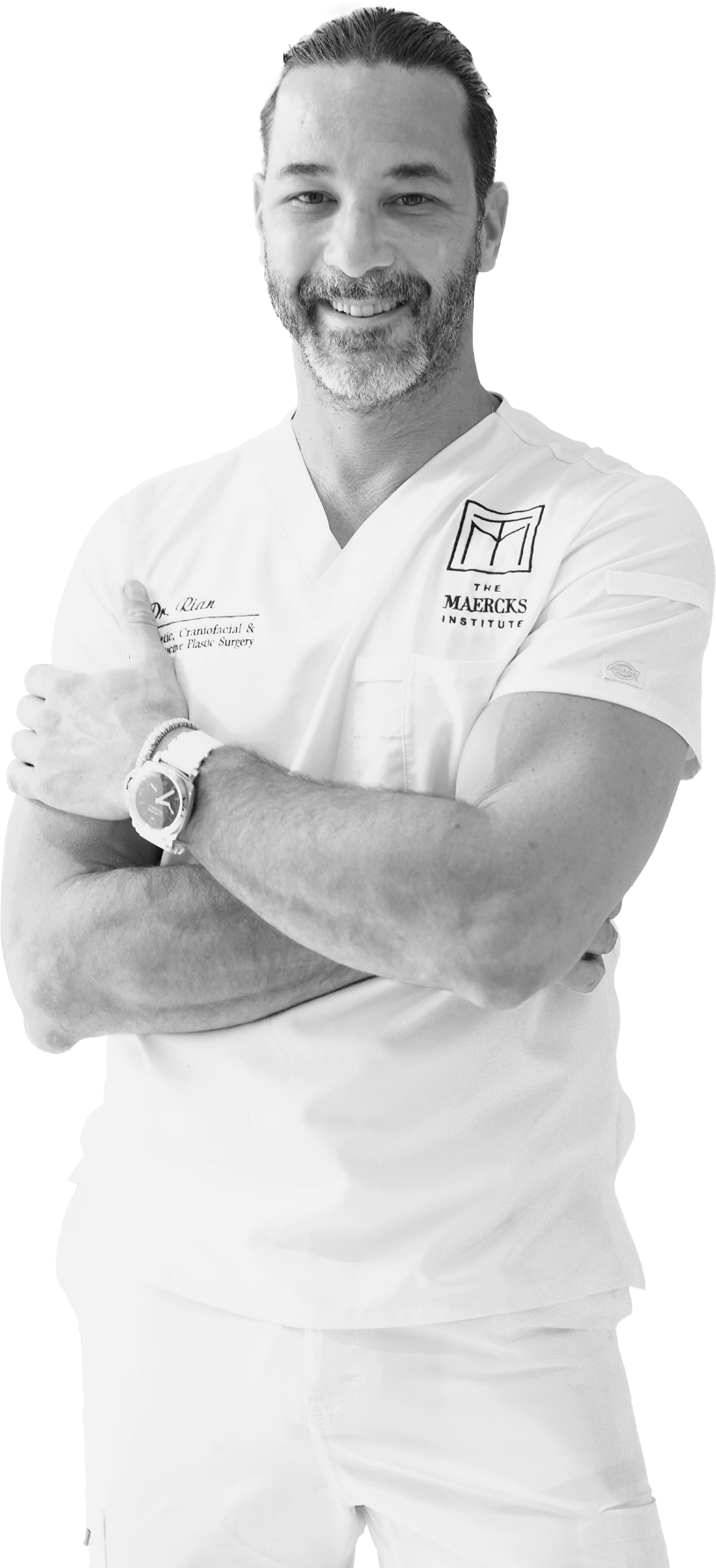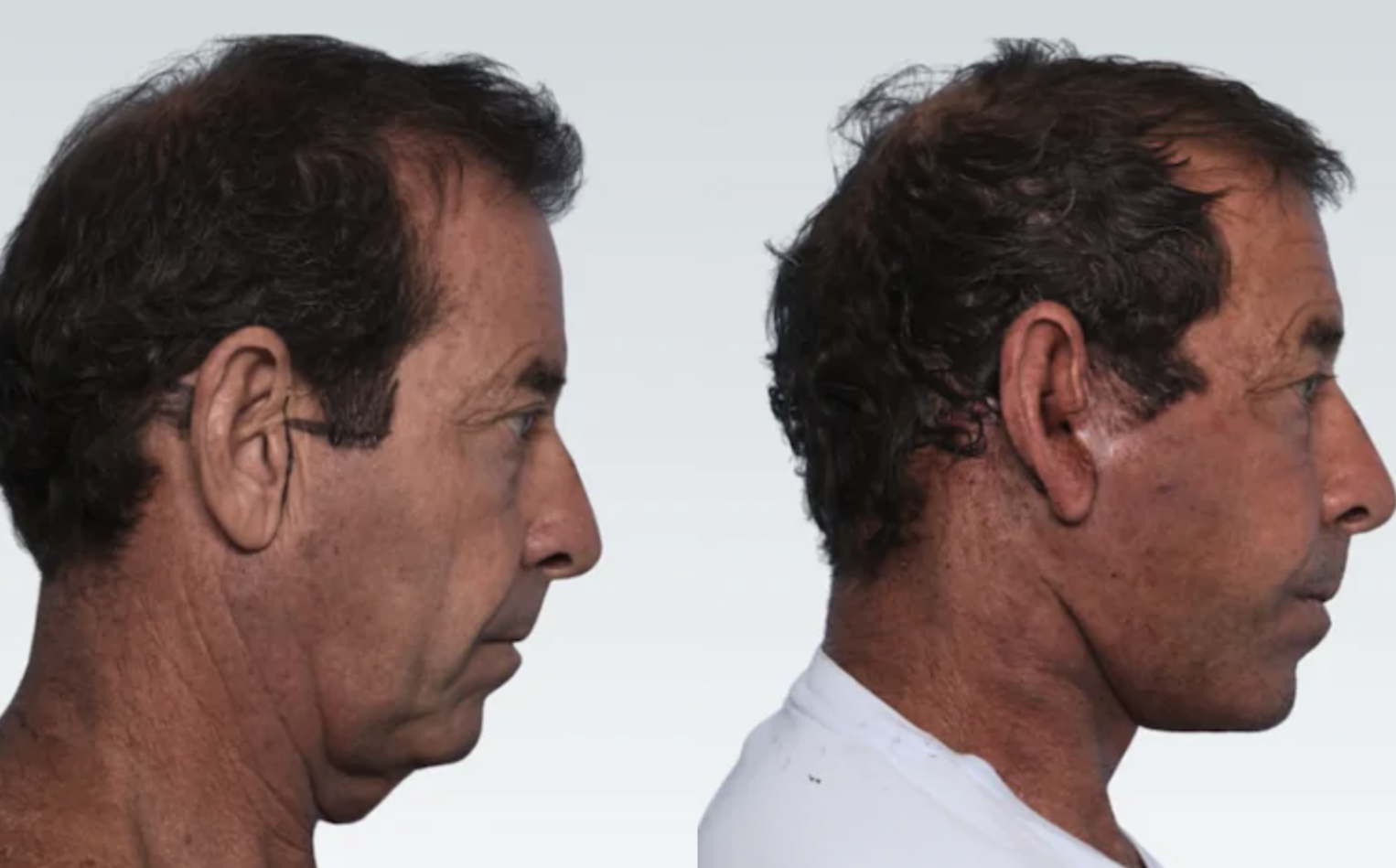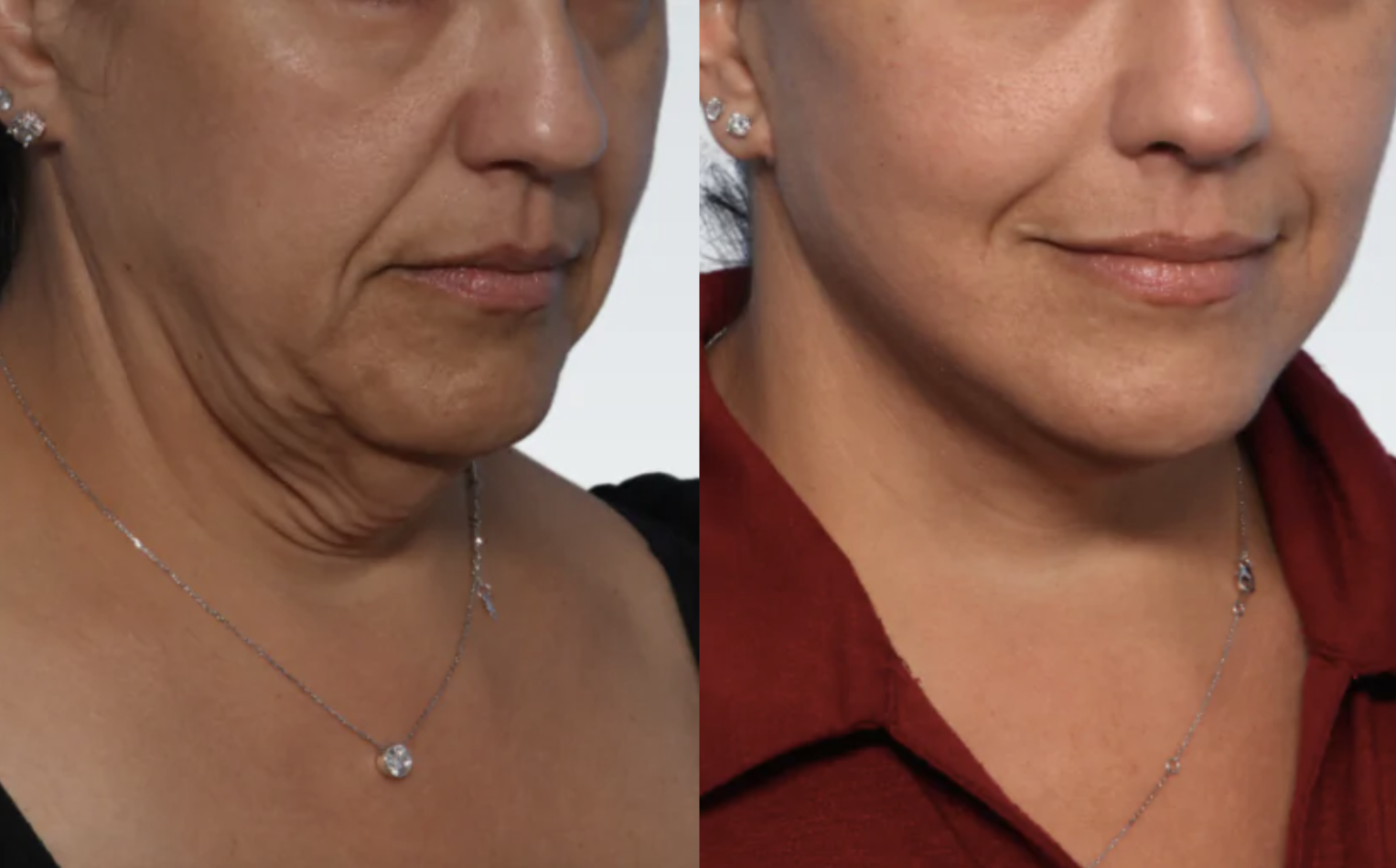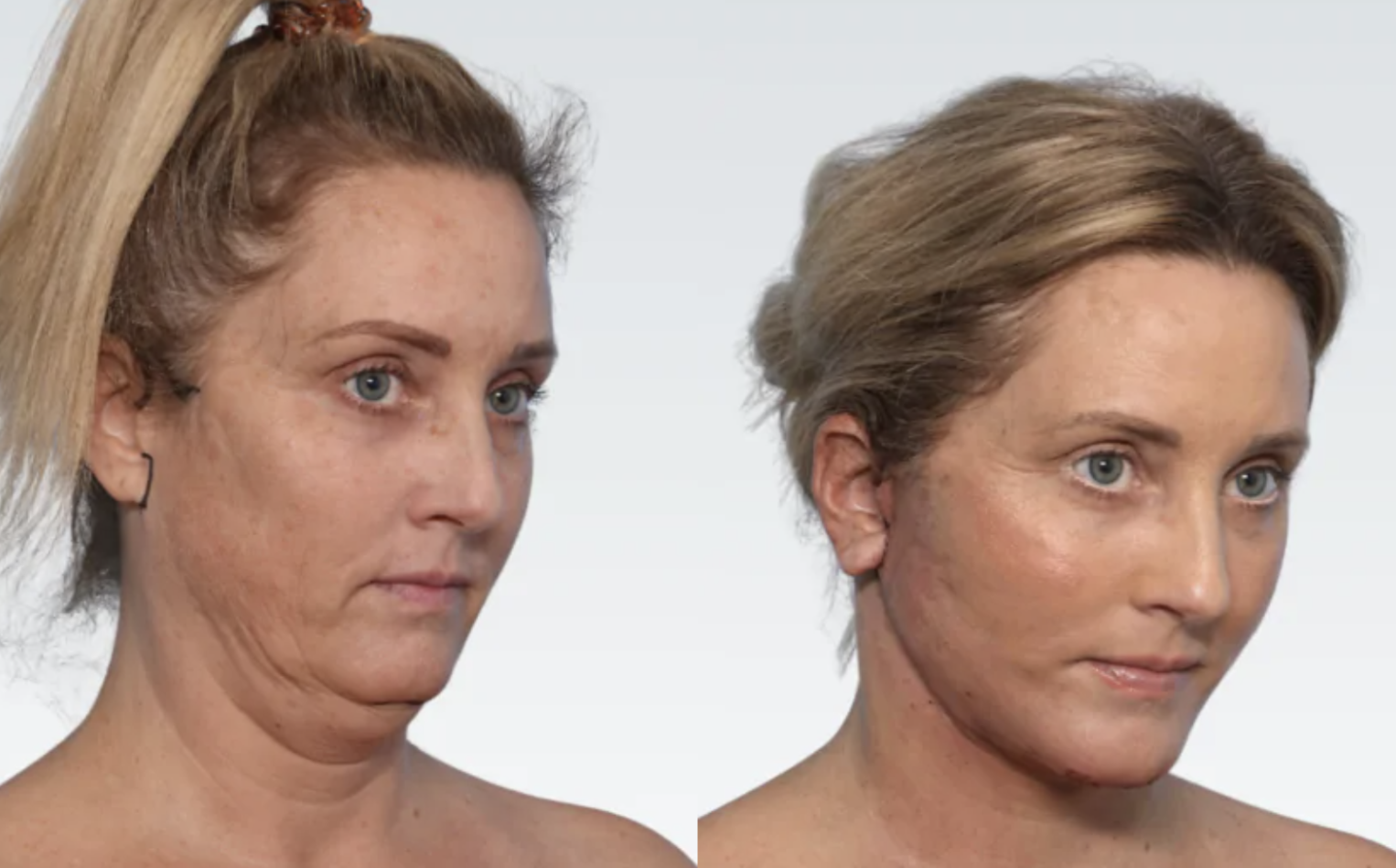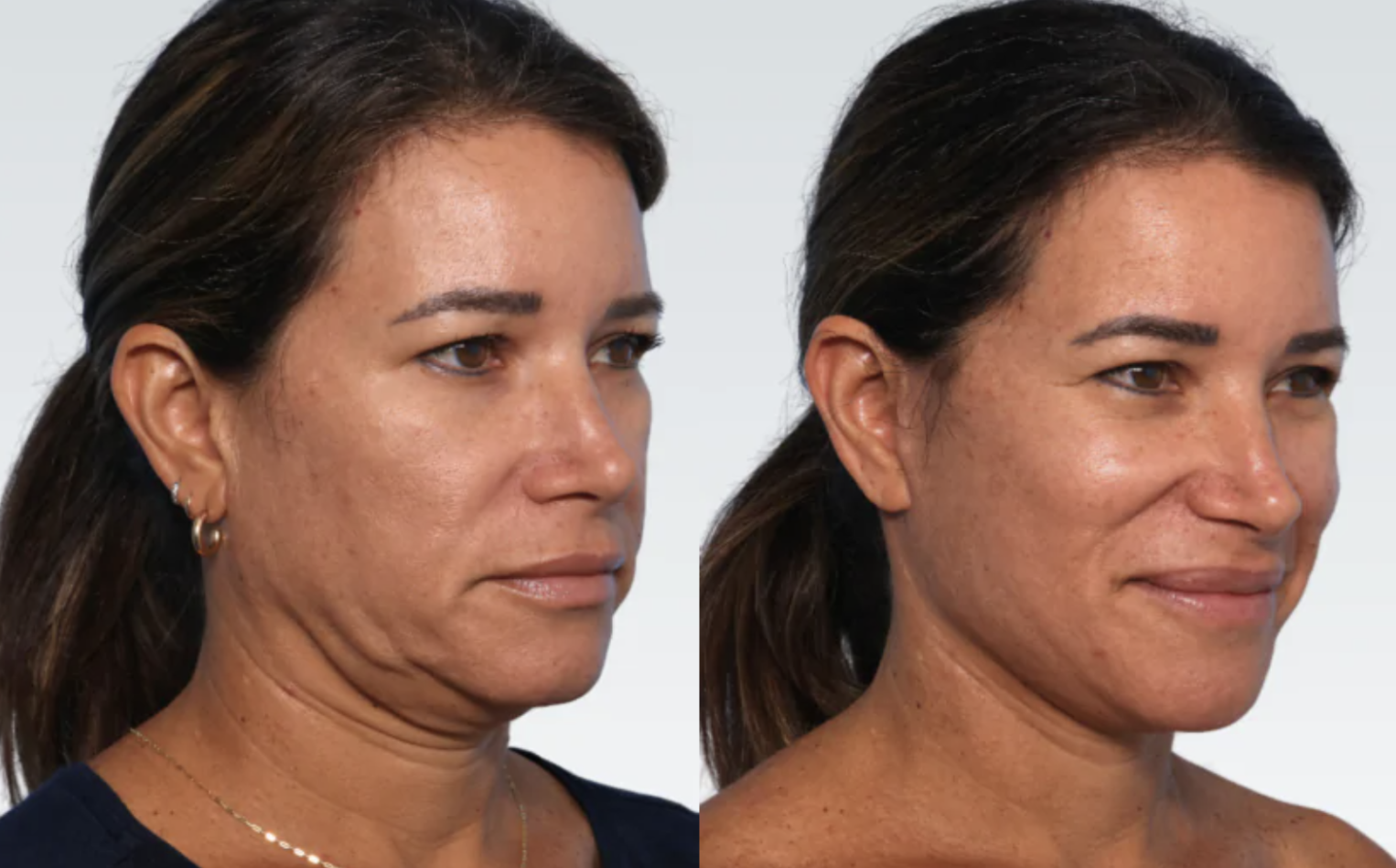Four Types of Tummy Tucks
Conveniently located to serve the areas of Miami, FL

You may be surprised to learn that a tummy tuck is not a one-size-fits-all procedure. Just as there are many different body types, so are there several different ways for a plastic surgeon to approach an abdominoplasty procedure.
Contents
What is a tummy tuck?
A tummy tuck, or abdominoplasty, is a popular cosmetic surgery procedure for both men and women to restore their body and get a smoother, more toned appearance in their midsection. Patients typically seek out this popular body contouring option to address sagging, loose skin, and muscle weakness that may be a result of weight changes, pregnancy, or the effects of aging.
Why get a tummy tuck?

Oftentimes, patients may already be doing all the right things to take care of themselves by exercising and eating a nutritious diet. Yet simply living a healthy lifestyle and doing tons of crunches in the gym cannot resolve excess skin or internal muscle weakness. Because of this, many patients turn to plastic surgery for help achieving the aesthetic results they want.
While the cosmetic change can certainly be dramatic, having a tummy tuck can yield other benefits too. Many patients report that it’s easier for them to exercise, they’re even more motivated to take care of themselves, and best of all, they feel much more confident — even while wearing a swimsuit.
Following is an overview of four techniques a plastic surgeon may use to perform a tummy tuck and the advantages of each.
#1. Conventional tummy tuck
A traditional abdominoplasty involves removing an oval- or ellipse-shaped wedge of loose skin underneath the belly button to smooth and flatten the area. This technique commonly results in an incision line that runs from hip to hip about an inch or so below the navel. The scar can generally be hidden beneath most underwear or a swimsuit.
In addition to removing excess skin, a plastic surgeon also may tighten the abdominal muscles during a conventional tummy tuck procedure. These muscles may have become stretched out during pregnancy to accommodate a growing baby, or may have become weakened over time due to weight gain. While performing a tummy tuck, many plastic surgeons will tighten these muscles, much like an internal corset, to further enhance the cosmetic result.
One disadvantage of a conventional tummy tuck is the belly button itself is often left with a scar around it. This scar can appear wide and have an ostomy-type look, which of course is a telltale sign that a patient has had surgery and is not aesthetically ideal. An experienced plastic surgeon who is skilled in other tummy tuck techniques will know how to conceal or minimize these scars by using more advanced methods whenever possible.
#2. Mini tummy tuck
Some patients are candidates for a mini tummy tuck procedure to remove excess skin and smooth the abdomen. The advantage to this approach is the incision line can be shorter and lower, resulting in what we call a “lingerie scar” that can be more easily hidden — even under a string bikini. However, a mini tummy tuck typically does not address muscle weakness, especially higher up on the abdominal wall. In addition, most patients are not candidates for this procedure, because the excess skin to be removed must be localized under the belly button only.
#3. Hybrid abdominoplasty
The most commonly performed abdominoplasty technique at our practice is known as a “hybrid abdominoplasty”. With this technique, Dr. Maercks is able to combine the benefits of the conventional and mini tummy tuck to achieve optimal results and give patients the best of both worlds: a low, short incision line with full muscle tightening.
Instead of making an elliptical incision, Dr. Maercks makes a pentagon-shaped incision. This approach ensures the scar is low and enables him to do some lateral tightening while minimizing the width of the incision. The resulting lingerie scar is easily hidden underneath even the tiniest bikinis and undergarments, and will fade beautifully over time.
By creating a “central tunnel” via the pentagonal incision, Dr. Maercks can expose the musculature and tighten up the abdomen all the way up to the rib cage or the xiphoid process (the lower end of the sternum or breastbone). Dr. Maercks approaches this step in a manner that preserves as much vascularity as possible, which means patients heal faster, have better-looking scars, and have a much lower risk of complications. Additionally, his technique makes it possible for him to perform liposuction for some patients who will benefit from additional body sculpting.
Patients often ask what will happen to their belly button. While performing his hybrid abdominoplasty procedure, Dr. Maercks actually anchors the new belly button (umbilicus) to the abdominal wall tightly. This approach creates some hooding on the top of the belly button and a flap below so that the scar is hidden. Once healed, the belly button is an innie instead of an outie, which most patients prefer.
While Dr. Maercks is able to achieve the lingerie scar for most patients who opt for his hybrid abdominoplasty, the extent of the scar is very dependent on the individual patient and their goals. If a patient wants to address excess skin or fat laterally, for example, Dr. Maercks can customize the procedure and extend the incision slightly to achieve even more smoothing and full abdominal tightening. Because the hybrid abdominoplasty is such a flexible approach and can be fully customized for patients while helping them achieve the most aesthetically pleasing outcomes, this option is well suited for most tummy tuck candidates.
#4. Fleur-de-lis
For patients who have a great deal of horizontal excess skin that extends around the abdomen to the back, flanks, and buttocks, the fleur-de-lis technique may be the best approach. Neither a conventional nor a hybrid abdominoplasty addresses horizontal skin laxity, so for patients who have extensive abdominal wall laxity in the horizontal dimension, other procedures would shrink down their core but leave them tremendous horizontal excess. The fleur-de-lis adds in the vertical component, allowing Dr. Maercks to tighten the sides and back, creating an hourglass shape. The vertical incision line heals well, and patients find it worth the tradeoff to be able to achieve a significantly tightened, tailored waistline. This option is particularly appropriate for many patients who have experienced massive weight loss.
Schedule A Consultation
Which type of tummy tuck is best for you?
Every body is unique. Even when patients have the same goal — to achieve a flat, toned abdomen, for example — the approach a surgeon takes will vary depending on factors including how much skin and fat is removed and from where; the quality of the skin; the individual’s body type, and whether muscle repair is required.
While understanding the different types of tummy tucks can guide your thinking about what you might need, the best way to determine which technique is right for you is to consult with a board-certified plastic surgeon who has experience performing abdominoplasty surgery. ©Clevens Face and Body Specialists
Tummy tuck surgery from The Maercks Institute
The Maercks Institute is a high-profile, Miami-based surgical center that offers a variety of advanced techniques for surgical procedures that challenge “status quo” plastic surgery by delivering bespoke results that appear as if they are made by nature. President and medical director Dr. Rian Maercks is a board-certified cosmetic, plastic, and reconstructive surgery specialist with a unique combination of specialized expertise in cosmetic breast and body procedures. Also an artist, Dr. Maercks’s approach to both surgical and non-invasive aesthetic interventions of the face and body has garnered him international recognition by surgeons and patients alike. In addition, The Maercks Institute features a certified surgical suite as well as an overnight recovery suite for optimized patient care. Dr. Maercks has changed the lives of thousands of patients over the years, and he will design the right treatment plan for your unique goals. His vision and experienced judgement and attention to detail center on what is best for you. To learn more about the tummy tuck procedure, we welcome you to contact our office.
